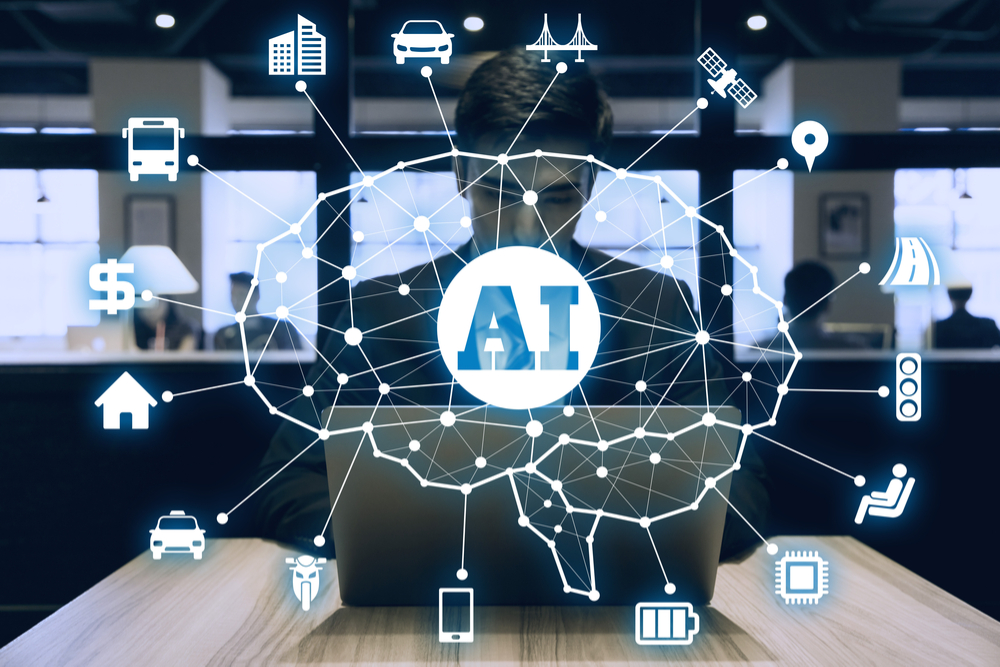It is the age of the Probots, Knowbots, and Chatbots. Automation and Robotic Process Automation (RPA) are not new terminologies in today’s industry parlance. McKinsey & Company analysts, predict that automation technologies will have an economic impact between $5.2 trillion and $ 6.7 trillion by 2025.
RPA replicates a number of human activities and covers a broad portfolio of point solutions. RPA products use static rules, objects, and scripting to tackle manual or semi-automated activities that are part of virtually every job. It is a viable option for organizations that want to replace or assist manual workers. By shifting repetitive, lower-end functions from people to software, organizations profoundly change the way they conduct business. It reduces manual intervention in repetitive, routine tasks within a process flow and automates it so it is accurate and predictable moving forward and also frees up human intervention in tasks like analyzing and interpreting data. RPA is simpler and involves mainly physical tasks that don’t need knowledge, insight or understanding. Potential benefits of RPA include increased revenues, improved customer satisfaction rates, reduced costs and a decrease in errors and rework.
However, there is a fair amount of uncertainty surrounding RPA. This is because business processes keep changing by the hour. Today, processes rely on solutions that are delivered in a SaaS, PaaS or IaaS model, which are known to change more often. Applications also change at a faster rate than before and organizations have less and less control over the timings of such changes. With very little control over application changes and with the fact that the frequency of such changes will increase over time, does it make sense to use RPA?
On the contrary, one need not harbour such fears because RPA can deliver an even greater advantage for applications that change more frequently. One, because RPA is design-driven and has embedded principles for solution architecture and second, because proper implementation methods allow automation of application, testing and business process adherence. However, a more viable solution would be to move to the cloud. Instead of a company concentrating on infrastructure, platforms, software and business processes, they can obtain the services of a cloud service provider to take care of all this for a fee. Gartner says public cloud platforms, business services, and applications will grow at a 22% CAGR between 2015 and 2020.

The reason why cloud is a viable option is because:
- It offers a quick and convenient solution as it has a pre-built network segment and when one starts to use it, the robots are immediately ready to function
- It allows to access data from anywhere, and get real-time insights into the various aspects of the business. The entire process flow can be seamlessly integrated with little or no manual intervention
- It offers flexibility when needed and it is not necessary to test the service beforehand, it can be used straight away
- It provides scalability and replicability and it also decreases operational costs
- It provides consistent quality, maintainability, and efficient change management. The same components can be used in several different processes.
- It is cost effective as most tasks are either tactical or operative and not strategic
RPA is coming of age and becoming a mainstream investment focus across industries. And cloud technology could be the tipping point where single-purpose robotic processes will be replaced by devices that can think, act and work alongside humans. Whilst still in its nascent stage, cloud-based robotic process automation may very well be the future of an agile experience.
- Categories
- Tags
- Archives
Subscribe For Updates
Get the Servion Blog updates in your inbox.
Recommended For You
- Five Rules for Becoming a Successful, Digital-first Organization
- Creating a CX Center of Excellence: Benefits, Insights, and Examples
- Why Servion for Cloud: Successful Strategies, Satisfied Customers
- How to adopt the right Cloud Contact Center Solution for your business
- Not getting all you want from your Cloud Contact Center? Take these steps











